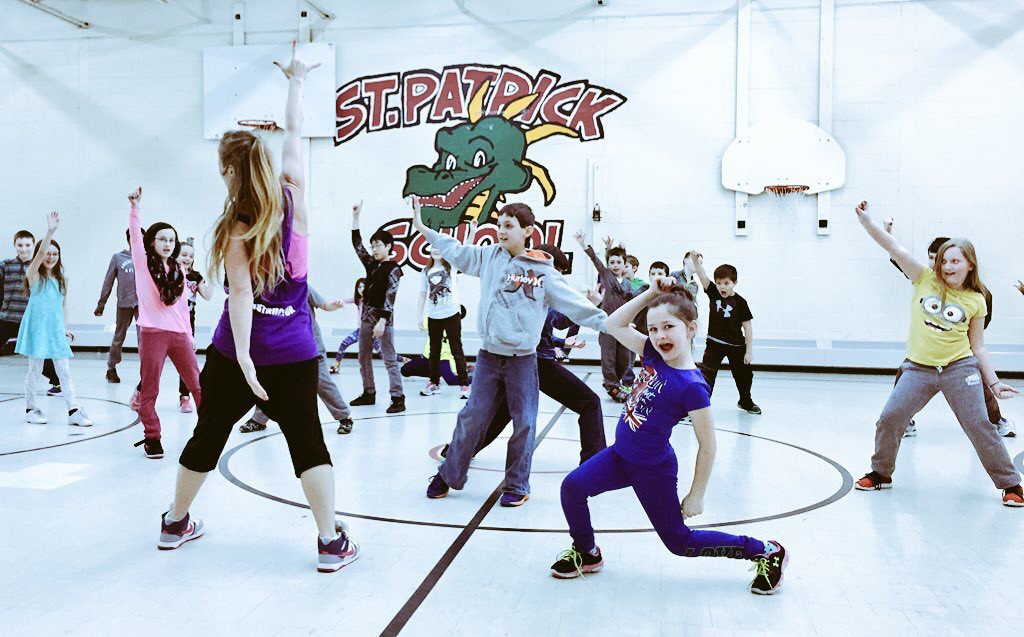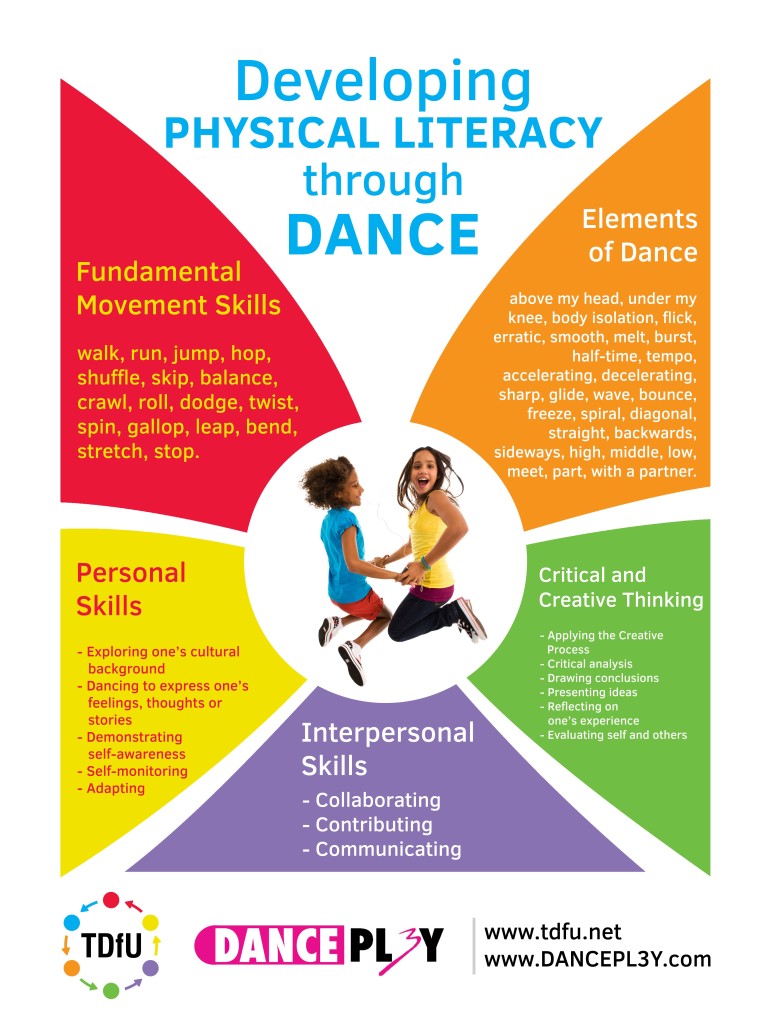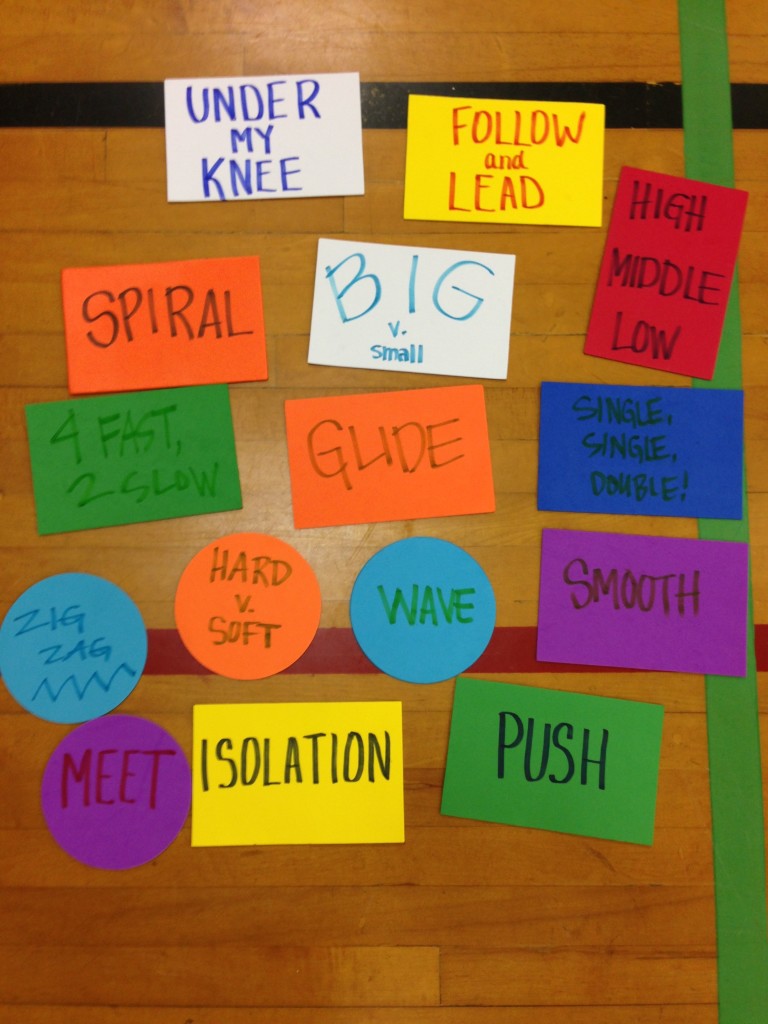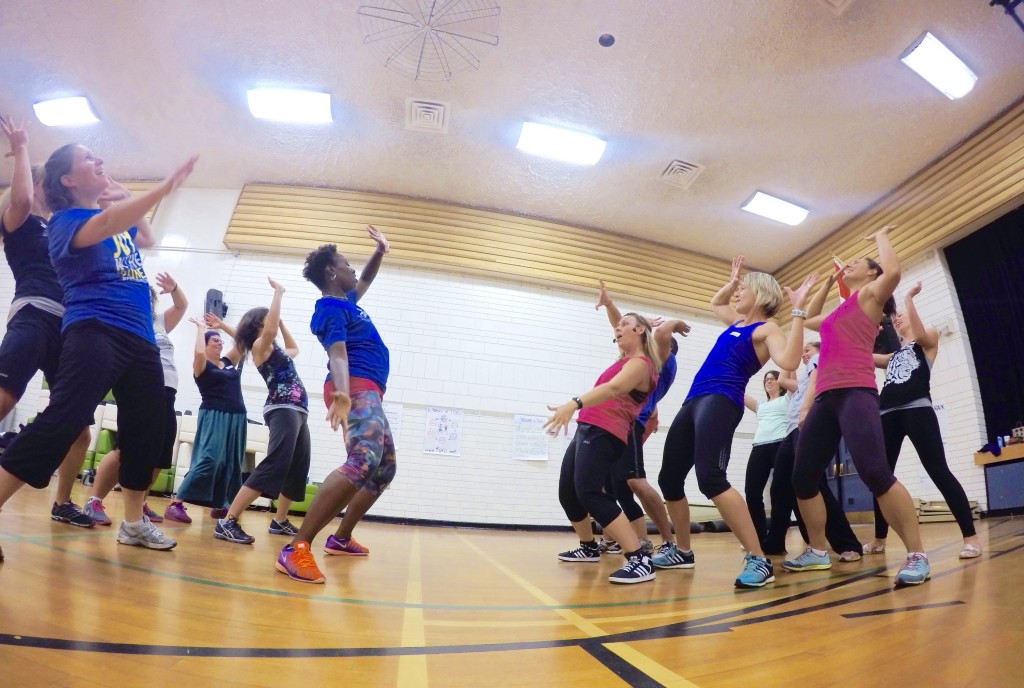Note from Dr. Amanda Stanec
I am so pleased to bring you the second post in Move Live Learn's series focused on teaching dance in physical education. I have met the most amazing dance educators the past several years, and it my goal for you to increase your competence and confidence in teaching dance through their wisdom.
You can read Part I of this series here.
Today's guest post is from Melanie Levenberg and you can learn more about her at the end of the post!
Please leave a comment or question for me or Melanie in the space below so we can keep the conversation going and help all kids learn to love to dance!
----------------------------------------------------------------------------------------------------------------------
Keeping Students ACTIVE with DANCE
Dance can be a fun and engaging way to get students active in your PE class.
For many educators, teaching dance is intimidating – there’s a part of us that makes us feel like we're supposed to have the ‘perfect’ hip hop technique, or remember complicated choreography routines in order to be a ‘good’ dance teacher. Sound familiar?
As a PE teacher with no dance training, I was one of those teachers who was intimidated by the thought of teaching dance to my students. As I read through pages and pages of Right Foot/Left Foot choreography notes for folk and country line dances, I felt overwhelmed by the need to remember all the small details, while feeling deep down that this content wasn’t going to be relevant to my students.
I wasn’t sure exactly what ‘dance’ outcomes were suppose to look like in my classes, but my mind kept flashing images of intricate hip hop routines, larger than life stage leaps and five-thousand-person flash mobs.
 When I looked at my PE curriculum documents, however, I did not find outcomes linked to students mastering the “chassé” or the ‘pliés” or even a hint about teaching students how to do that epic head spin move from that YouTube video. Instead, reading the expectations and outcomes reminded me of my responsibility to create opportunities for students to have positive experiences with a range of physical activities, including dance, as they develop competencies and a confidence to engage in lifelong active living.
When I looked at my PE curriculum documents, however, I did not find outcomes linked to students mastering the “chassé” or the ‘pliés” or even a hint about teaching students how to do that epic head spin move from that YouTube video. Instead, reading the expectations and outcomes reminded me of my responsibility to create opportunities for students to have positive experiences with a range of physical activities, including dance, as they develop competencies and a confidence to engage in lifelong active living.
I strongly believe that dance plays an important part of a balanced PE curriculum: dance allows students to experience cultures from around the world, work in groups with others to achieve different types of ‘challenge’ (e.g. creating a dance) and to learn about body movement while being motivated by the power of music!
Most importantly for me – it allows students to develop all aspects of physical literacy: fundamental movement skills, positive social interactions, critical and creative thinking, and the ability to confidently express themselves using their body.

Accepting the challenge of teaching a fun and engaging dance unit head on, I looked to one of my favourite PE teaching models for inspiration: Teaching Games for Understanding (TGfU). I asked myself: “If a modified games approach could be used to teach students about different games and sports, why couldn’t a modified dance approach be used to teach students how to bust a move?”
And so, Teaching Dance for Understanding (TDfU) (link www.tdfu.net) was born. TDfU mirrors TGfU in the way it brings a more playful approach to learning dance. The model begins by developing positive mindsets and allowing students to learn foundational dance moves. Once students have experienced success with movement and rhythm, they are better prepared and motivated to learn and refine their skills. The momentum continues as students confidently participate in creative dance activities, and work with others to build and present dance routines.
The lessons within my dance unit followed 6 simple phases:
Dance as a Playful Experience
The goal of this first phase is to develop positive Attitudes towards dance, by modifying some of the more intimidating elements (ie. ‘rules’ of dance.) In order to create a playful setting, the use of right foot/left foot cueing, complex choreography, and the concept of standing in lines to watch (and copy) the teacher are eliminated. The role of the teacher is to actively lead students through a variety of songs, where they learn simple movement patterns and experience success with dance.
Click here to watch an example of a playful dance experience.
Dance Appreciation
 In order to give students a broader understanding of dance, lessons in this phase are designed to allow students to explore the Elements of Dance, the historical Background and cultural meanings of different dance genres, and different types of locomotor and non-locomotor movements. Students are encouraged to share prior knowledge and express personal interests and personal connections to dance, to guide their learning.
In order to give students a broader understanding of dance, lessons in this phase are designed to allow students to explore the Elements of Dance, the historical Background and cultural meanings of different dance genres, and different types of locomotor and non-locomotor movements. Students are encouraged to share prior knowledge and express personal interests and personal connections to dance, to guide their learning.
Developing Connections.
The purpose of this phase is to foster Connections and ensure that students are prepared to apply their thoughts and ideas during creative movement activities in the next phase (Phase 4). Through listening, self-reflection and large group movement activities, students learn to connect to music rhythms and styles, to themselves (thoughts, ideas, opinions, goals), to others, and to prior learning.
Creative Exploration
Traditionally used in the first lessons of dance units, Creative Exploration is shifted to Phase 4 in the TDfU model, as it requires students to apply multiple types of understandings and skills in order to confidently express themselves through movement. Building on the A-B-Cs (Attitude – Background – Connection) of the first three phases of TDfU, students explore various ways of expressing their thoughts, opinions and ideas using the rhythms and styles of different genres of music. In these lessons, teachers are encouraged to provide key words and ideas from the Elements of Dance to spark creative movements (e.g. different energies: ‘melt’, ‘pop’, ‘burst’ etc.).
Skill Refinement
In this phase, students work in groups to create a sequence of movements that demonstrate their understanding of the curriculum expectations/outcomes that are being assessed (which will vary by district/state/country). Students practice and repeat their dance, receive feedback form their peers and review videos of themselves performing the dance in order to refine the technique and group coordination needed to perform a synchronized group dance.
Dance Performance
As a culminating activity, students perform their dance routine as a group, using the Elements of Dance to communicate messages, thoughts and stories. In this phase, students apply strategies to learn and remember choreography. Cross-curricular learning opportunities include the incorporation of coordinated costumes or the integration of multi-media to enhance the artistic component of the presentations.
Click here to watch a co-created Dance Performance.
Overall, the success of this approach has been echoed by fellow educators throughout the world: from Australia to Canada, Korea to Ireland, teachers are seeing how a play-based approach to implementing dance in PE fuels motivation and maximizes participation.
10 Tips on Using the TDfU Model in your PE Program
1- Start with the goal of making dance fun, engaging and ‘do-able’ by students.
2- Flex the “rules” of dance to maximize student success; let students move around the space and don’t worry about right foot or left foot.
3- Keep the students MOVING as they are learning to dance; avoid the stand-and-watch syndrome.
4- Play MUSIC while students are learning the dance moves and sequences! (Always teach on the beat)
5- Make sure you address the A(ttitude)-B(ackground)-C(onnection)s before you ask students to do creative dance.
6- Teach dance routines; learning and remembering sequences is an important part of learning how to dance
7- Keep things simple with repetitive and predictable sequences that match the music sections.
8- Integrate technology as part of the feedback process; students love watching themselves perform their dance routines to identify where they can improve.
9- Offer opportunities for artistic elements and multi-media integration into final dance performances.
10-Integrate Core Competencies/Living Skills throughout the dance unit. Remember, it’s not about how well a student can perform the detailed techniques of the dance moves, but rather how the dance creation experience allows them to learn about themselves, work with others and demonstrate their understanding of key concepts from your PE curriculum.

About the Author - Melanie G. Levenberg, M.Ed. is a Physical Education Consultant and the Chief PLAY Officer at PL3Y International Inc – an international training and certification company that provides professional development workshops, pre-choreographed resources and in-school residencies on DANCEPL3Y (link www.dancepl3y.com) – the world’s leading physical literacy and dance program.
Get access to free video resources at www.tdfu.net and check out www.pl3yinc.com
Follow Melanie on Twitter:
@tdfu_ed
@melanieg_pl3y
@dancepl3y
#bubbleofawesome







Thank you very much for the work you are doing to promote dance and rhythmic movement! I really like how you mentioned our standards and how they relate to dance while giving great suggestions on how to teach dance. I am finishing my dance and rhythmic movement unit with 1st-4th grade, and as usual, students are engaged, creative, having fun, and making connections to fitness.
Amanda mentioned TDfU during a class I took with her last year. It seems to be a great model that I look forward to using. My students love using the Skill-Theme model while having the choice of integrating dance into any skill that we might be working on. Dance has become very popular at my school during the past 7 years.
Keep up the great work!